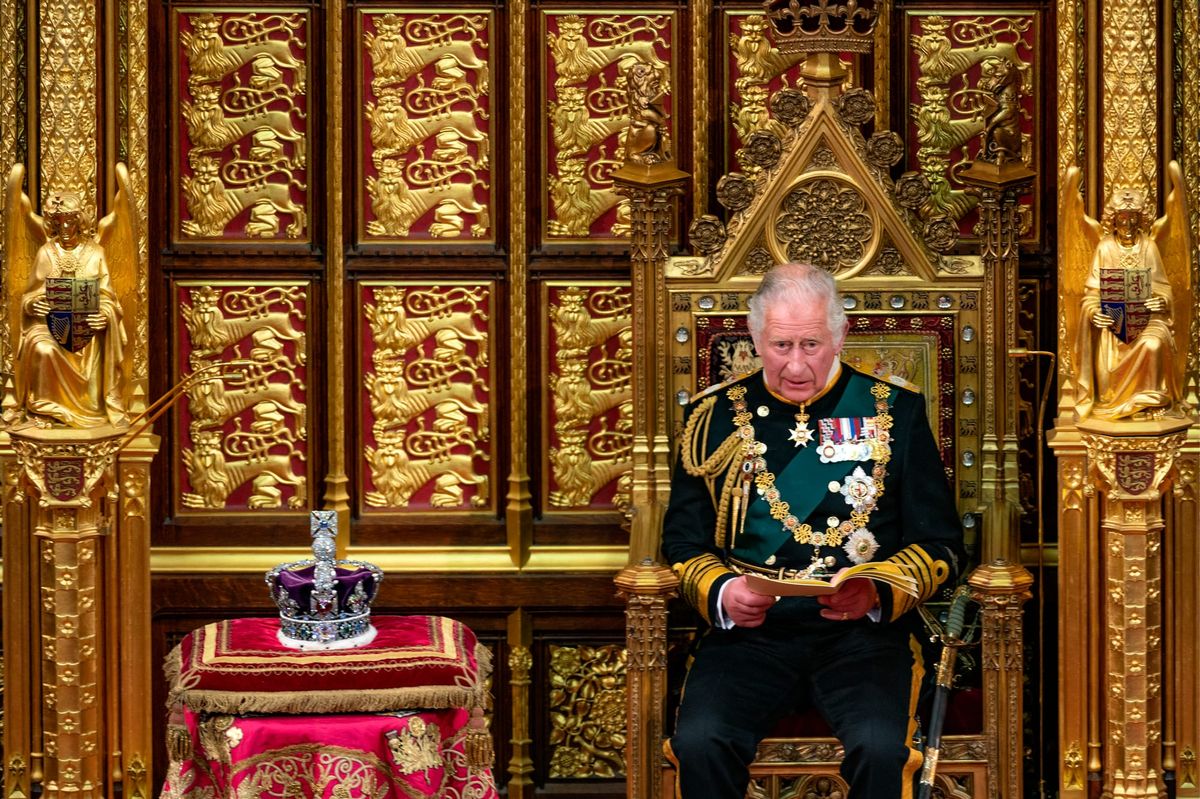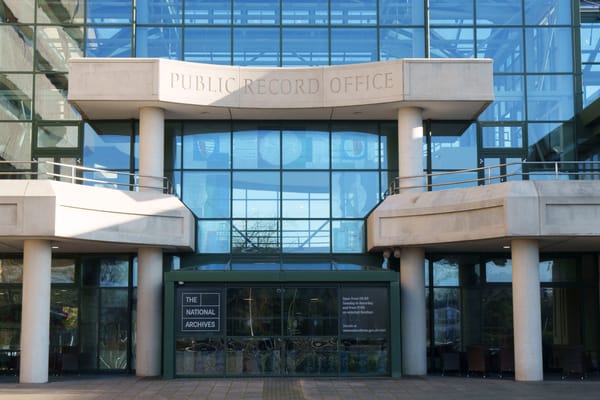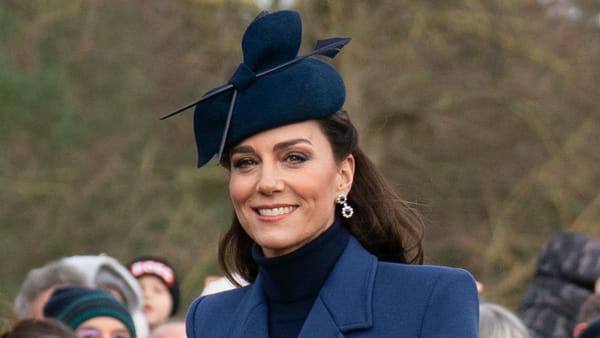Royal 101: Meeting The King - A Guide to Royal Protocol

While modern royal protocol is more relaxed than in previous centuries, there are still certain customs and traditions to observe when meeting King Charles III. Here's what you need to know about the proper etiquette for a royal encounter.
The Traditional Greeting
For men, a neck bow (from the head only) is the traditional greeting, while women may perform a small curtsy. However, these formal gestures are no longer mandatory - a gentle handshake is also acceptable when offered by the King. The key is to wait for the King to extend his hand first.
Forms of Address
Upon first meeting the King, the correct formal address is "Your Majesty." In subsequent references during the same conversation, you should use "Sir." Never initiate conversation with the King - wait to be presented or spoken to first.
Physical Contact
Beyond a formal handshake when offered, avoid physical contact. The old rule about not touching a royal still broadly applies, though the King himself may choose to initiate appropriate contact, such as placing a hand on someone's arm or shoulder.
Dress Code
Conservative, formal attire is expected. For men, this typically means a suit and tie. For women, a dress or suit in modest length and style is appropriate. Hats are no longer required for women during daytime events unless specifically requested.
Conversation Guidelines
- Keep conversations light and let the King lead the discussion
- Avoid personal questions
- Do not turn your back on the King when leaving - instead, step backward a few paces before turning
- If seated for a meal, observe that no one should begin eating before the King starts, and all should finish when he does
Photography and Social Media
Unless explicitly permitted at a public event, avoid taking photographs or using your phone in the King's presence. Social media posts about private interactions are generally discouraged.
General Comportment
- Arrive early to any scheduled meeting
- Stand when the King enters a room
- Remain standing until invited to sit
- Do not leave an event before the King unless granted permission
While these protocols may seem formal, they serve as guidelines rather than strict rules. The most important aspects are showing respect and following the lead of royal staff and the King himself. King Charles is known to be relatively informal in many settings, particularly when meeting members of the public, so being overly anxious about protocol is unnecessary.
Remember that if you make a minor mistake in protocol, it's not a serious breach - the royal family is accustomed to people being nervous in their presence and generally overlook small lapses in etiquette.
Most importantly, these traditions are about showing respect for the institution of monarchy rather than creating barriers between the King and his people. The current royal family, including King Charles, often takes a more relaxed approach to many traditional rules while maintaining the dignity of their positions.





